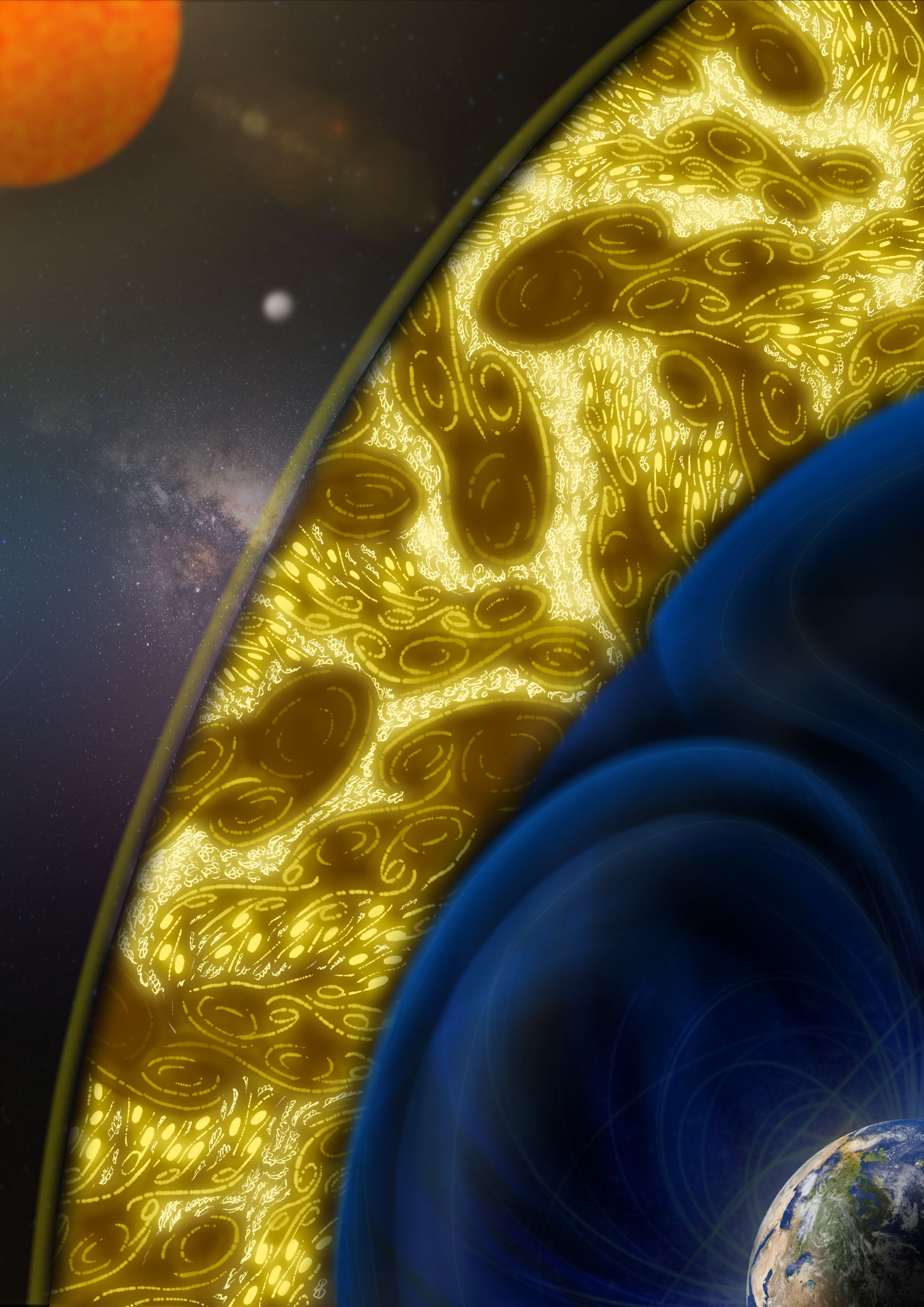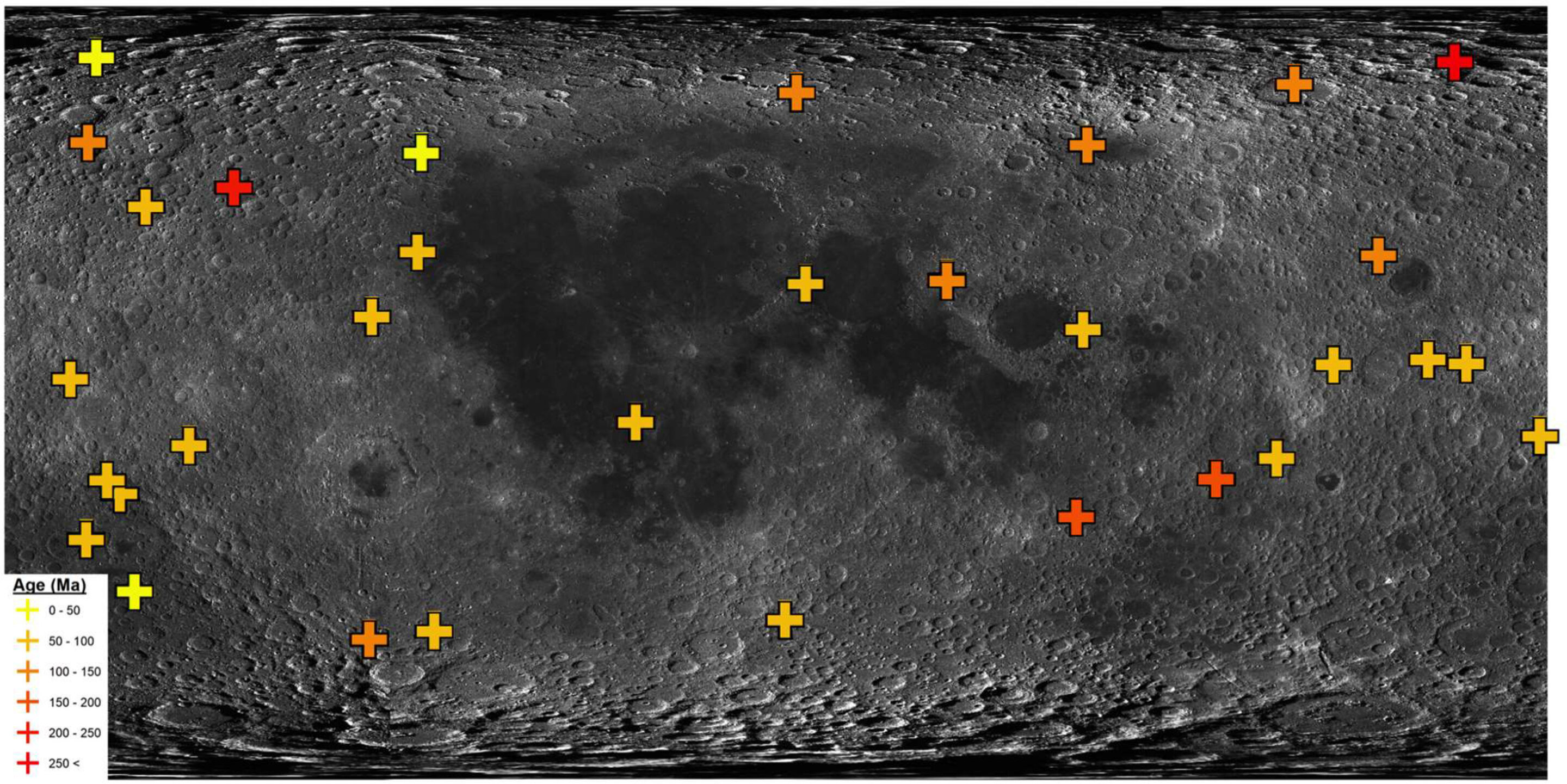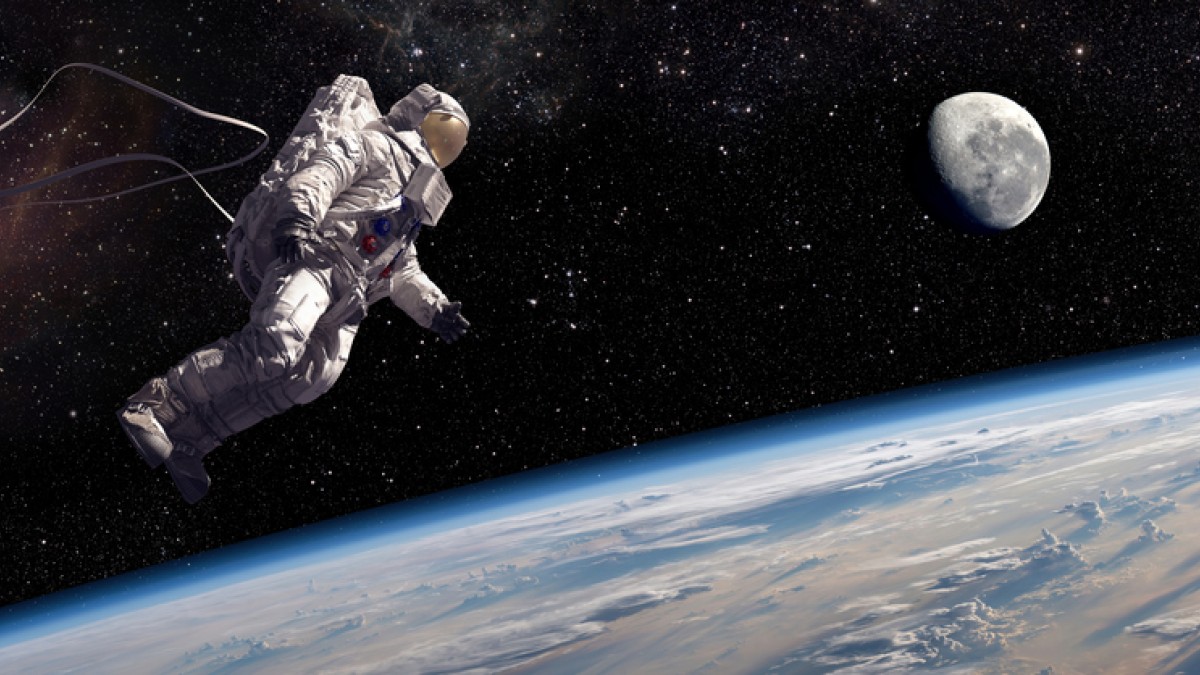
Photo : Siqi Zhao & Huirong Yan
Astrophysicists from the University of Potsdam have made a significant step toward solving the last puzzle in magnetohydrodynamic turbulence theory by observing the weak to strong transition in the space plasma turbulence surrounding Earth with newly developed multi-spacecraft analysis methods. Their pioneering discovery was published today in the journal Nature Astronomy.
Turbulence is ubiquitous in nature. It exists everywhere, from our daily lives to the distant universe, while being labelled as “the last great unsolved problem of classical physics” by Richard Feynman.
Prof. Dr...
Read More









Recent Comments